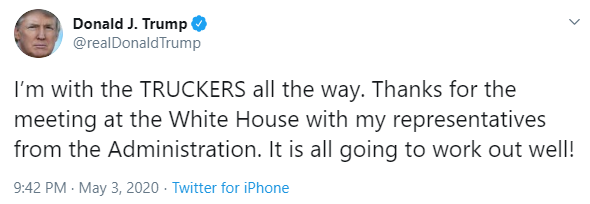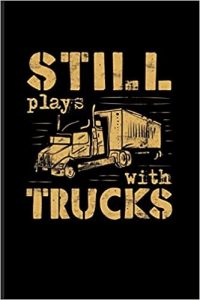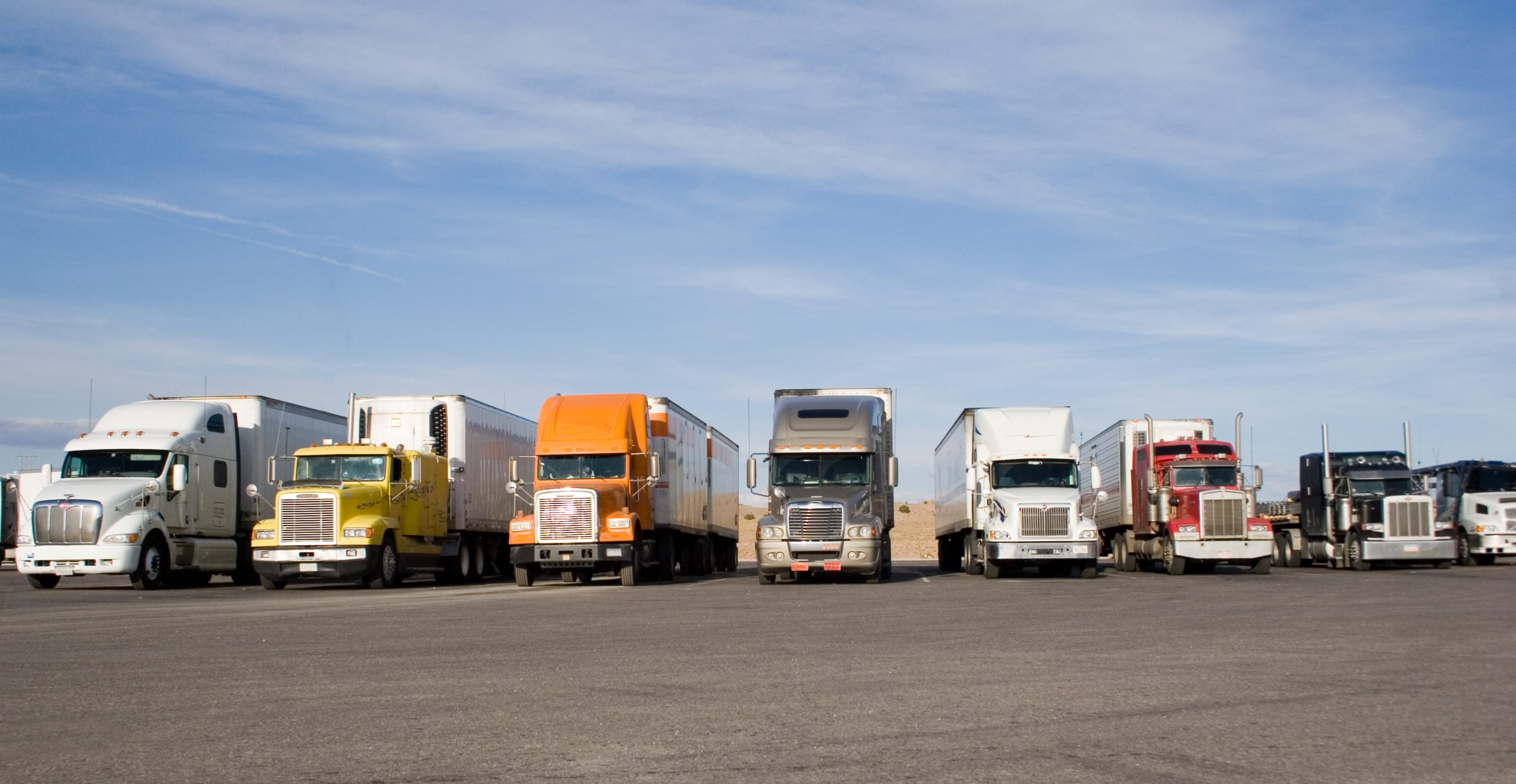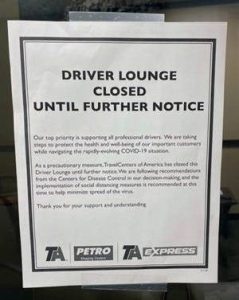It’s been difficult to adjust to all the changes released by the FMCSA lately. The trucking industry would never have predicted the DOT to relax hours of service regulations. And yet, here we are. Scrambling to research, read, and absorb all the legal jargon thrown our way.

A docket for the outline of the final ruling has been released. Revised HOS regulations will become effective 120 days after publication in the federal register. The actual date has not been released.
What are the changes?
Pages 8-9 of the final ruling state the changes will include: The 30-minute Break, Introducing the 7/3 Split, Adverse Driving Conditions Exception, and the Short-haul Exception.
The 30-minute Break
Drivers are still required to take a 30-minute break after 8 consecutive hours on duty. Previously, the break was only valid if the driver was in an off-duty status. (off-duty or sleeper berth). Now, the break is valid during on-duty functions as long as you are not driving.
Drivers can now legally take a 30-minute DOT break while:
- – Waiting in line at the shipper/receiver
- – Fueling or waiting in line at the fuel pump
- – Co-driver sitting in the passenger seat
- – Filling out paperwork
- – Loading/Unloading/Lumping
Just switch your status to On Duty – Not Driving.

Introducing the 7/3 Split
The 8/2 split rule is just as complicated as it is helpful. This new HOS ruling expands a driver’s resting options. In addition to the typical 10-hour break or 8/2 split, the FMCSA is introducing the 7/3 split.
The new 7/3 split rule works the same as the 8/2 split. It takes some drivers years to master the concept. Here is a simplified overview:
Truck drivers can be on duty for 14 hours a shift. Only 11 hours of that can be drive time. Once they have reached 11 hours of driving or 14 hours since their day started (whichever comes first), they must go off duty for at least 10 hours.
Every driver should know this rule by heart. And most stick to this schedule day in and day out.
But what happens if your delivery time is outside your 14-hour window?

Let’s say a driver starts his shift at 10 am. It is 14 hours until midnight. If he drives 11 hours before midnight, he must stop for 10 hours.
But what if his delivery is scheduled for 2 am? He will be on break; he won’t be able to deliver on time. Unless he uses the new 7/3 split.
So, our driver begins his shift at 10 am, drives a total of 8 hours and arrives at his destination city at 6 pm. That’s too early to deliver but he does not have time to take a full 10-hour break.
With the new rule, the driver must go into the sleeper berth for a full 7 hours. When he wakes up, he can use all the on-duty time that was left over from before his break.
After completing his on-duty functions, he must go back into an off-duty status for at least 3 hours to complete his 10-hour break.
Confusing, right?
In essence, a split will pause the 14-hour on-duty window. When he comes back on duty, he will only have the leftovers from before his 7-hour break. So, if he drove 8 out of 11 hours, after the 7-hour break he can drive the remaining 3 hours.
When he comes out of the sleeper, the 14 starts running again. Since he was on-duty for 8 hours before the 7-hour break, his 3 hours of drive time must be used before his total 14 runs out. He would have 6 hours on duty to get in 3 hours of driving.
After 7 hours in the sleeper:
14 Total – 8 On-duty = 6 On-duty hours left at stop.
11 Drive – 8 drive = 3 Drive hours left at stop.
Must go back off duty for at least 3 hours to complete the break.
Modified Adverse Driving Conditions Exception
Under this exception, two extra drive hours are available to drivers who encounter irregular and unforeseen circumstances that may have slowed your travel. This exception can now be applied to passenger-carrying CMVs.
Adverse Driving Conditions Examples:
- – Sinkhole or downed powerline that causes a delay
- – Traffic accident that shuts down traffic
- – Sudden tornado, snow, fog, etc. that was not in the forecast.

If you qualify for this exception, you can now drive up to 13 hours as long as you do it within your 14-hour window. Keep in mind, it does not take away your 30-minute break or extend your 14.
This exception does not extend your 60 or 70-hour clock. If you only have 4 hours left on your DOT clock, you will only be allowed to drive out those 4 hours plus the additional 2 hours.
Drivers must follow up with a full 10-hour break. You are not allowed to split rest hours after taking advantage of this exemption.
Not qualified examples:
- – Adverse weather you knew about or could have discovered by trip planning
- – Traffic jams during normal rush hour times
- – Snowstorm in the winter in North Dakota
- – Loading and Unloading delays
The DOT strongly recommends you log that you were taking advantage of 395.1 Adverse Driving Conditions Exception.
Short-haul Rules
Previously, drivers using the short-haul exemption, staying within an air radius of 100 miles, could not be on duty for more than 12 hours. Short-haul drivers within a 150-mile radius cannot drive beyond the 14 or 16th on-duty hour (depending on the number of days on duty).
This revision extends the radius from 100 to 150 air-miles for all short-haul drivers. It extends the maximum duty period allowed from 12 hours to 14 hours.
More helpful information:
8 Ways Truckers Relieve Stress During the Pandemic
Clearing Up Relaxed HOS Regulations: How Does It Affect You?



















